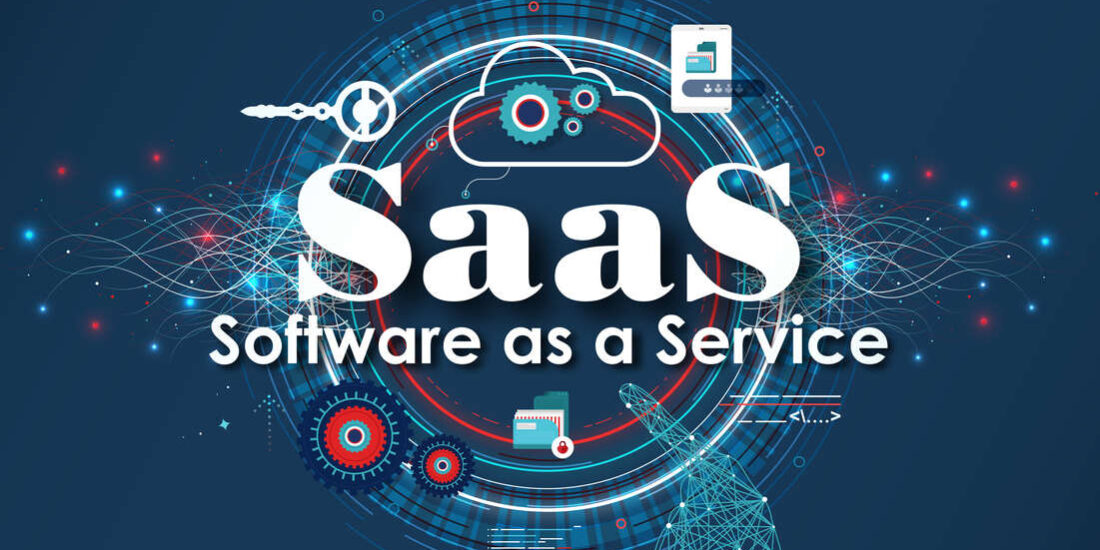Employer-sponsored retirement plans: Which one is right for you?
If you’re like most business owners, you always think two steps ahead. Investing in an employer-sponsored retirement plan is a great way to think ahead for your business and your employees. By showing employees that you care about their future, you build trust and loyalty with your staff. A retirement plan can give your business a distinct advantage when looking to attract and retain top talent.
So where do you begin? Before you choose which type of retirement plan is right for your business, it’s important to first understand some of the nuances of each plan and how they work.
Use this easy-to-understand chart to determine which plan is right for your business. Keep in mind that you can always change the type of plan you participate in as your needs — and your business — grow.
While reviewing the different options, consider these questions to help you hone in on the plan that’s best for you:
- How many employees do you have?
- What type of tax benefits are you looking for?
- Do you want to contribute to the plan?
- How much administrative effort are you willing to put in?
- Do you want to allow employee payroll deferrals?
|
|
Savings Incentive Match Plan for Employees (SIMPLE) IRA |
Simplified Employee Pension (SEP) IRA |
Traditional 401(k) |
|
Typical plan sponsors |
Small businesses with 100 or fewer employees and no other retirement plan
|
Self-employed, sole proprietors, partnerships and small businesses of any size
|
Business owner, company or employer
|
|
Key benefits
|
Easier to set up and administer than a 401(k)
Allows for contributions from both employer and employee
|
Easier to set up and administer than a 401(k)
Flexibility to contribute or not
For higher income individuals, may allow larger contributions than SIMPLE IRA |
Allows for contributions from both employer and employee
Roth option for tax diversification
Limited loans available
Allows larger employee contributions |
|
How it is funded |
Elective employee salary deferrals and mandatory employer contributions
|
Discretionary employer contributions
|
Discretionary employer and employee contributions
|
|
Tax advantages |
Employer contributions tax deductible as business expense
Tax-deferred growth potential Pre-tax contributions for participating employees
|
Employer contributions tax deductible as business expense
Tax-deferred growth potential
|
Employer contributions tax deductible as business expense
Tax-deferred growth potential |
|
Employee contribution limits (2020/2021 plan years)
|
Up to 100% of compensation to a maximum of:
2020/2021:$13,500 ($16,500 if age 50 or older)
|
Not allowed |
2020/2021: $19,500 ($26,000 if age 50 or older)
Note: Total contribution by employee and employer cannot exceed maximum employer contribution amount below. |
|
Employer contribution limits (2020/2021 plan years)
|
Match participant deferrals up to 3% of compensation; or
Contribute 2% of compensation to all eligible employees, up to $5,700 for 2020 and $5,800 for 2021
|
0 to 25% of compensation to a maximum of:
2020: $57,000 per employee
2021: $58,000 per employee
|
100% of compensation to a maximum of:
2020: $57,000 per person ($63,500 if age 50 or older)
2021: $58,000 per person ($64,500 if age 50 or older)
|
|
Flexibility to change employer contributions
|
Yes, may reduce matching contributions to as low as 1% in two of every five years.1
|
Yes, contribution each year is not required, but each eligible employee must generally receive same percentage of compensation. |
Yes, contribution each year is not required.
|
|
Vesting of contributions
|
Immediate |
Immediate |
Employee: Immediate
Employer: Flexible; can be immediate, graded or cliff |
|
Annual tax filings |
None |
None |
Yes, Form 5500 |
|
Employee eligibility requirements2
|
Can exclude certain non-resident aliens and employees who:
Earned less than $5,000 in any two previous years and are expected to earn less than $5,000 in the current year
Are covered under a collective bargaining agreement
|
Can exclude certain non-resident aliens and employees who:
Are under age 21
Earn less than $650 annually ($600 in 2020)
Haven’t worked for you in three of the past five years
Are covered under a collective bargaining agreement
|
Customizable. Can exclude employees who
Are under age 21 Have not completed one year of service; or
Are covered by a collective bargaining agreement that does not provide for participation in the plan, if retirement benefits were the subject of good faith bargaining |
|
Withdrawals |
Subject to federal income taxes; must start at age 72
Early withdrawals before age 59½ may incur 25% penalty in first two years of plan participation and 10% thereafter. |
Subject to federal income taxes; must start at age 72
Early withdrawals before age 59½ may incur 10% penalty.
|
Subject to federal income taxes; must start at age 72
Early withdrawals before age 59½ may incur 10% penalty.
|
|
Deadline to contribute |
Employer: Tax filing deadline, including filed extensions
Employee: Payroll deductions
|
Employer’s tax filing deadline, including filed extensions
|
Employer’s tax filing deadline, including extensions
Plan must be established by employer’s fiscal year-end |
For more information about how a Traditional 401(k) from J.P. Morgan can meet your needs, please visit chase.com/business/everyday401k.
For more information about how a SIMPLE or SEP IRA can meet your needs, please contact your financial advisor.
Everyday 401(k) by J.P. Morgan is not an offering of JPMorgan Chase Bank, NA; clients will be directed to J.P. Morgan Asset Management, an affiliate.
Source: IRS.gov
1. Employees must be notified of the lower match within a reasonable period of time before the 60-day election period during which employees can enter into salary reduction agreements.
2. Qualified distributions: withdrawals after the account has been opened five years and the account owner is at least age 59½.
This is a general communication being provided for informational purposes only. It is educational in nature and not designed to be a recommendation for any specific investment product, strategy, plan feature or other purposes. By receiving this communication, you agree with the intended purpose described above. Any examples used in this material are generic, hypothetical and for illustration purposes only. None of J.P. Morgan Asset Management, its affiliates or representatives is suggesting that the recipient or any other person take a specific course of action or any action at all. Communications such as this are not impartial and are provided in connection with the advertising and marketing of products and services. JPMorgan Chase & Co. and its affiliates do not provide tax, legal or accounting advice. This material is not intended to provide, and should not be relied on for, tax, legal or accounting advice. You should consult your personal tax, legal and accounting advisors for advice before engaging in any transaction.
In no event shall J.P. Morgan Asset Management, JPMCB, N.A. or any of its directors, officers, employees or agents be liable for any of use of, for any decision made or action taken in reliance upon, or for any inaccuracies or errors in or omissions from, the information therein.
For informational/educational purposes only: The views expressed in this article may differ from other employees and departments of JPMorgan Chase & Co. Views and strategies described may not be appropriate for everyone, and are not intended as specific advice/recommendation for any individual. You should carefully consider your needs and objectives before making any decisions, and consult the appropriate professional(s). Outlooks and past performance are not guarantees of future results.
INVESTMENT AND INSURANCE PRODUCTS ARE:
• NOT FDIC INSURED • NOT INSURED BY ANY FEDERAL GOVERNMENT AGENCY
• NOT A DEPOSIT OR OTHER OBLIGATION OF, OR GUARANTEED BY, JPMORGAN CHASE BANK, N.A. OR ANY OF ITS AFFILIATES
• SUBJECT TO INVESTMENT RISKS, INCLUDING POSSIBLE LOSS OF THE PRINCIPAL AMOUNT INVESTED
JPMorgan Chase Bank, N.A. Member FDIC. Equal Opportunity Lender, ©2021 JPMorgan Chase & Co.


























